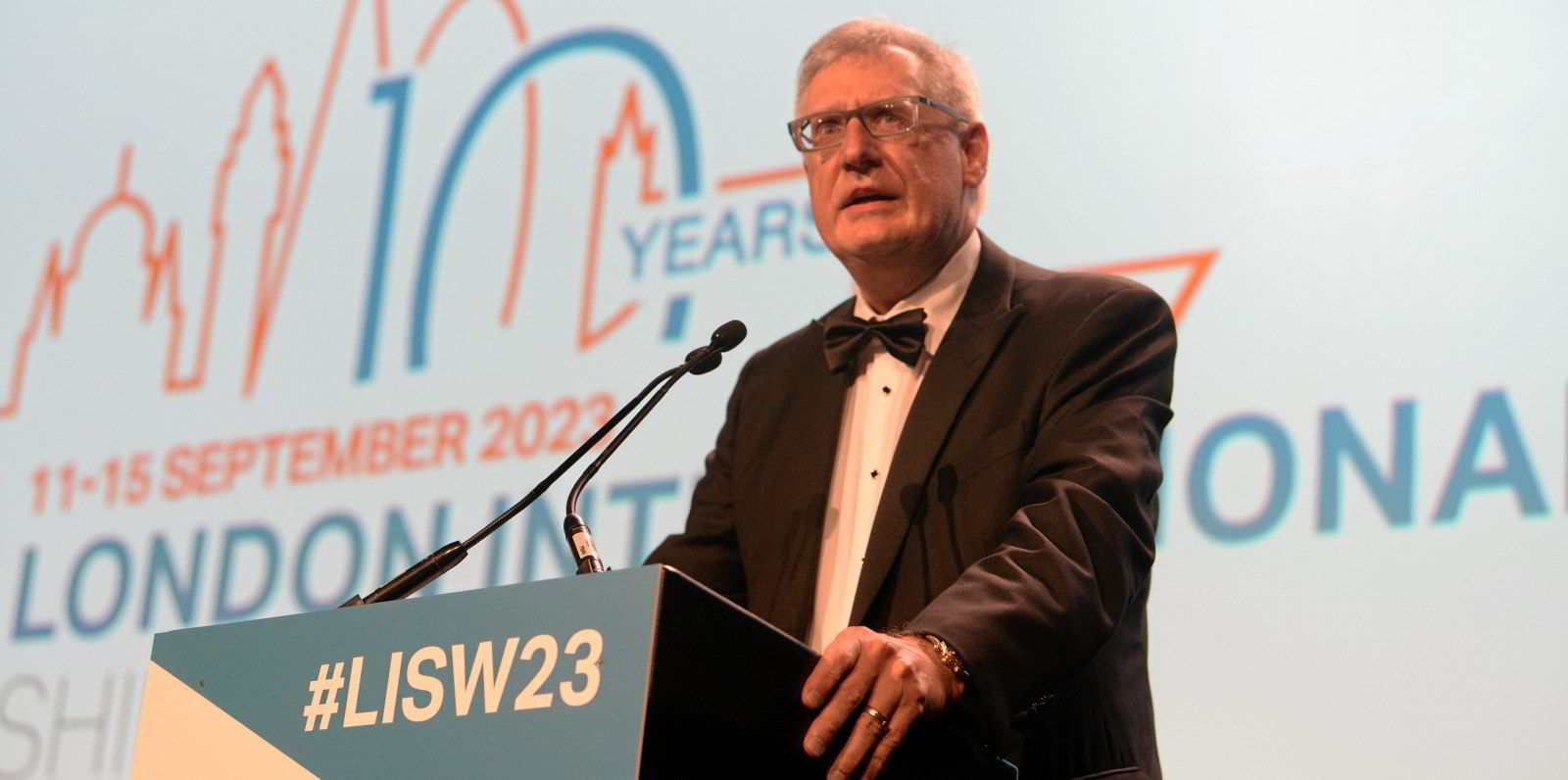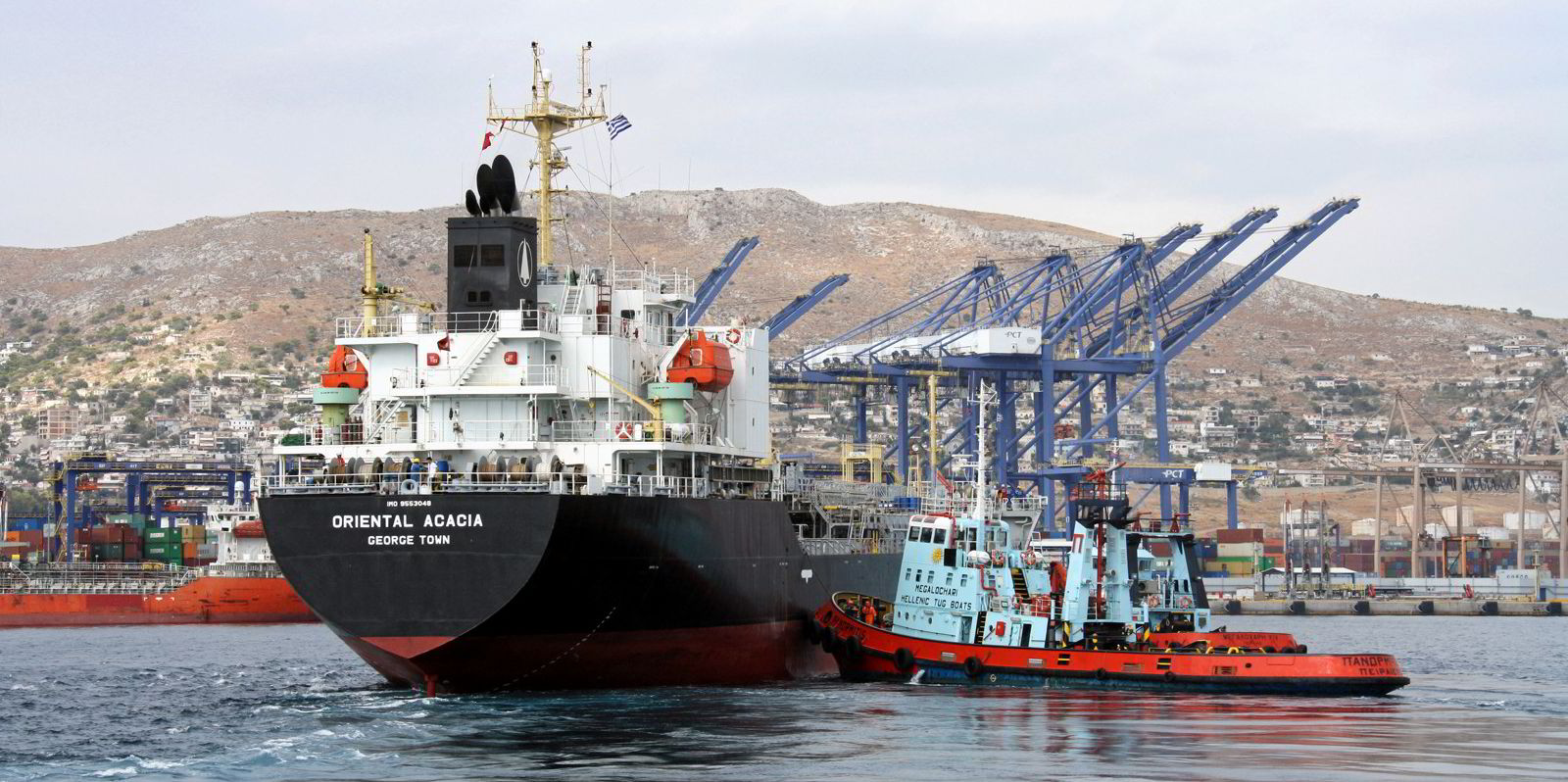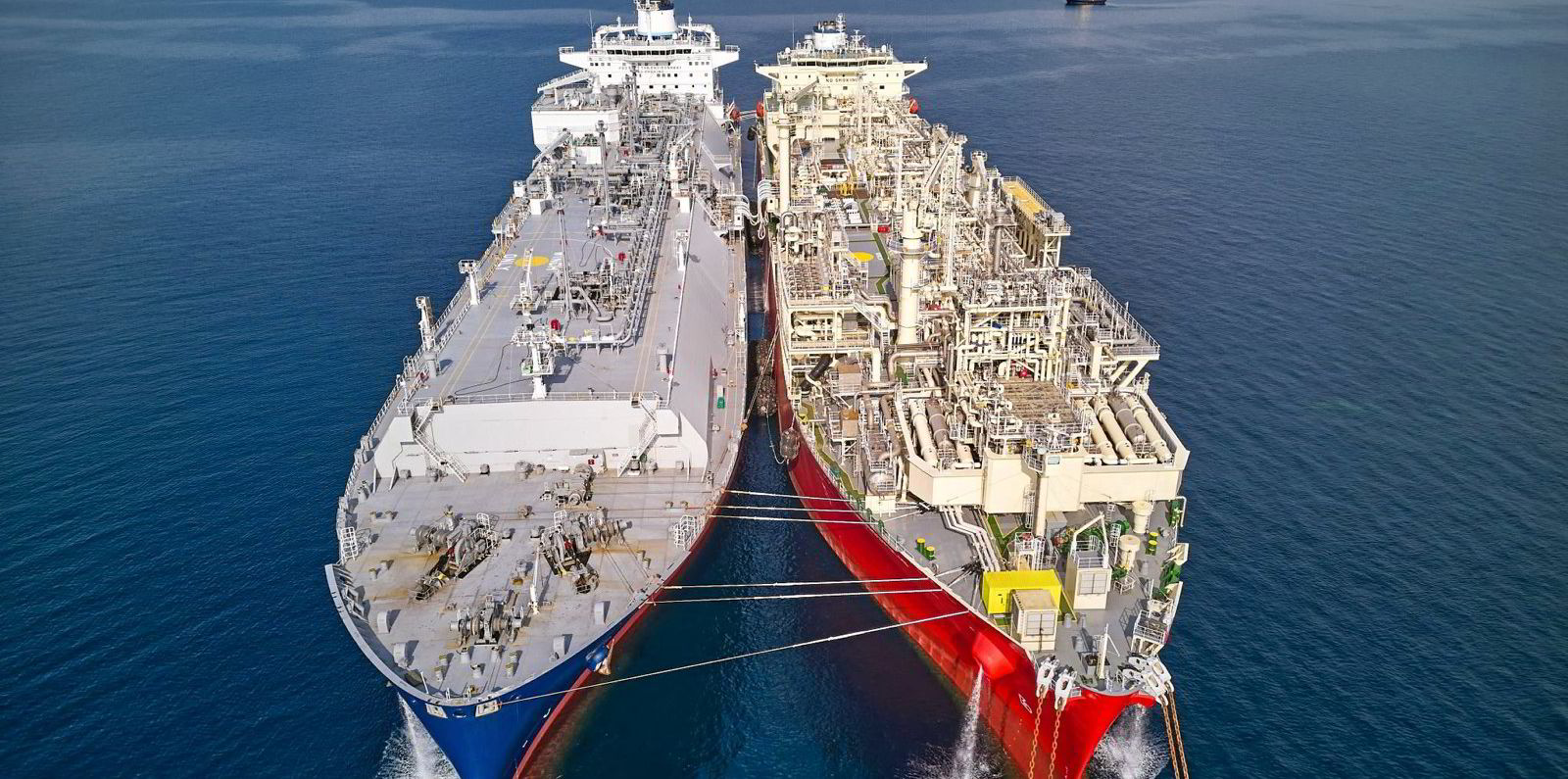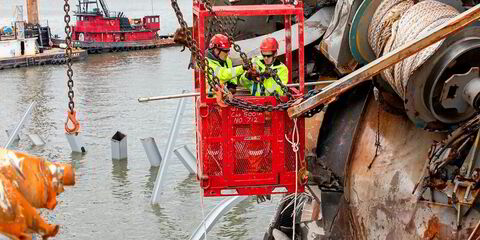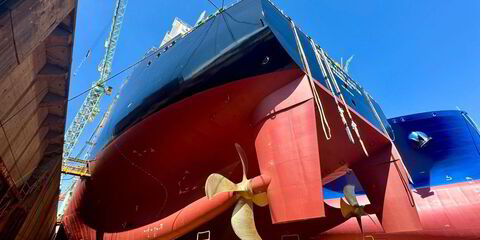Today, we are fluent in the new language of shipping and the term CO2 per tonne-mile. But there’s a new variant that is about to reframe the energy transition and redefine the industry in the process. And we’ll all be speaking it from January next year. Welcome to well-to-wake carbon equivalent emissions per megajoule of energy.
This is the calculation at the heart of FuelEU Maritime, the latest in a series of shipping emissions reduction regulatory packages from the European Union and with greater potential to drive radical change in our industry than any of its predecessors.
Employing a ratchet effect, every five years it shrinks the quantity of greenhouse gas emissions that can be emitted per megajoule of energy used on board before there’s a compliance cost. But its potential to drive change lies in the way it turbocharges return on investment in alternative fuels technology.

For a typical container vessel burning 100 tonnes of light fuel oil per day, the cost of compliance from January will be around $3,000 per day. That’s a compliance bill of around $150,000 on a typical 50-day round trip from Europe to the Far East. This is just the gentle on-ramp of the legislation.
From 2030, costs start to rise significantly until by 2035 the same vessel is incurring $20,000 a day, or around $1m on a round trip to Shanghai. By 2050, the daily cost is $100,000. And this is only if the voyage begins or ends in the EU. If it’s an entirely intra-EU voyage, you can double the daily cost.
However alarming that may sound, the legislation is designed to ensure few are ever paying the more inflated sums that accrue as the century advances by driving change that will reshape the industry well before that time and rewarding first movers on emissions reduction technology.
That’s the regulatory stick, so what about the carrot? Here, they have several options. First, FuelEU incentivises wind-assisted propulsion, particularly up to 2040. Depending on the propulsion potential of the technology, you can expect to see no costs as a result of FuelEU until 2030 and then only at half the rate of an unassisted vessel up to 2035. This is even if you burn the same amount of light fuel oil but, as the wind is now contributing to your propulsion, you could actually be paying much less and, crucially, generating a modest compliance surplus.
The carrot is even greater in the case of green or e-fuels, which are awarded a massive incentive through halving their greenhouse gas intensity limit until 2034, meaning operators of vessels burning green methanol, ammonia or hydrogen will generate massive compliance surpluses. And it is in the regulators’ plan for pooling these surpluses that the game-changing nature of FuelEU is most clearly revealed.
Trading in surpluses?
Compliance surpluses — generated when vessels undershoot the greenhouse gas intensity limit — can be linked to other vessels with a negative balance. These surpluses can be sold to other operators or used to extend the viability of older portions of the fleet.
Research by the American Bureau of Shipping indicates the power of pooling will be significant, hugely rewarding pioneers of alternative fuel technologies. A light fuel oil-powered vessel operating with 30% biofuels may be able to generate sufficient surpluses to offset 10 vessels, while running 30% green methanol may allow you to offset 15 vessels up to 2030.
What is the value of this new marketplace for compliance? Will we see ultra-low emission vessels running two revenue streams? Alongside whatever charter arrangement, will their compliance surplus provide a valuable, secondary source of income? That’s clearly the vision behind the regulation, which is changing the calculus on alternative energy investment at sea, accelerating the rate of return on emission reduction capital expenditure.
And this is not only a new reality for those trading in European waters because the International Maritime Organization has indicated it intends to introduce its version globally in 2027. Amid all the profound change driven by this simple equation, we must not lose sight of the safety implications triggered by rushing to adopt new technologies. We must ensure safety remains the ultimate boundary condition.
So, wherever you are, whatever you ship, however it is fuelled, there’s a new paradigm at sea. A new lens through which to view everything from trade routes and energy choices to investment decisions: CO2e per megajoule.
This new world begins in around 300 days.
Christopher Wiernicki is chief executive of classification society American Bureau of Shipping(Copyright)
